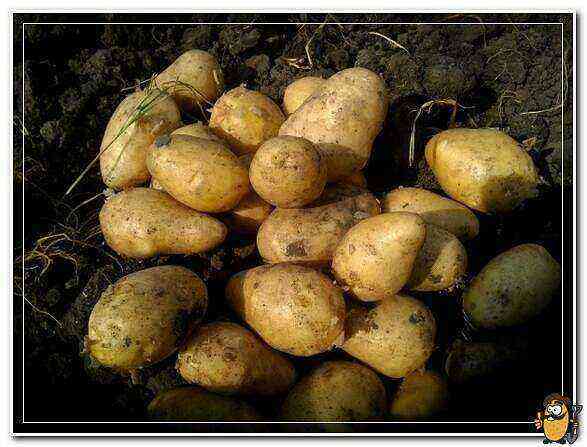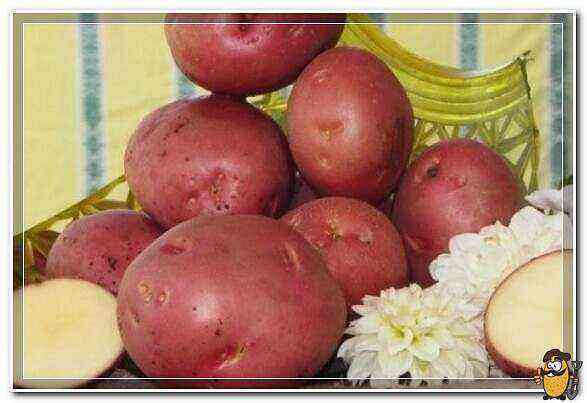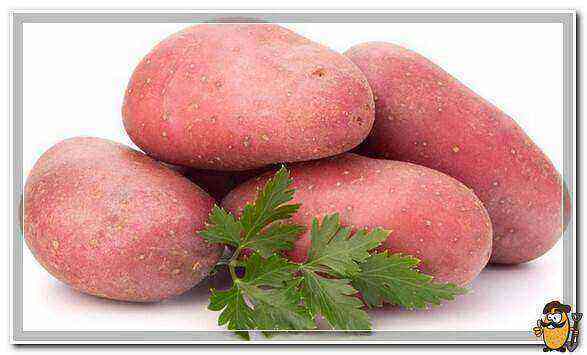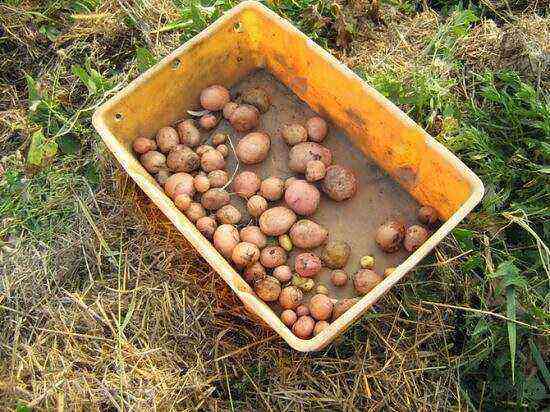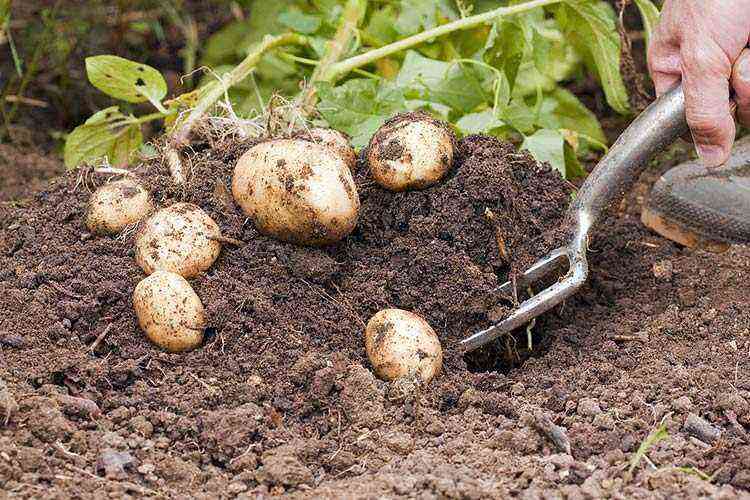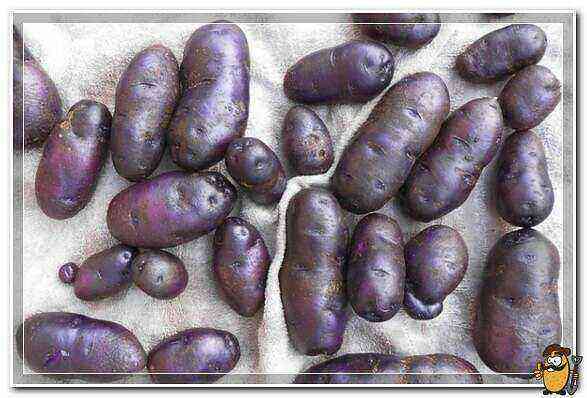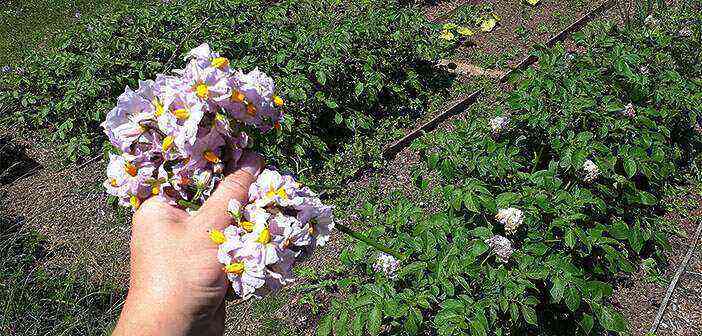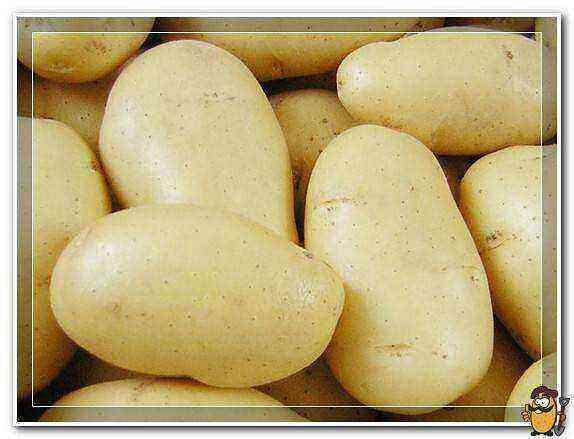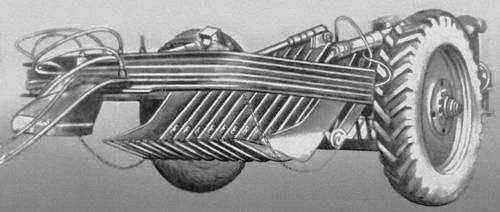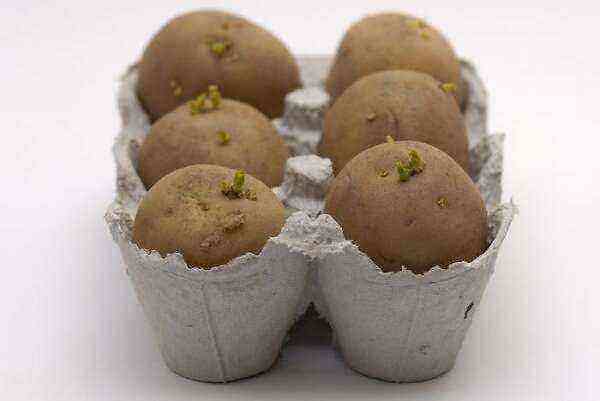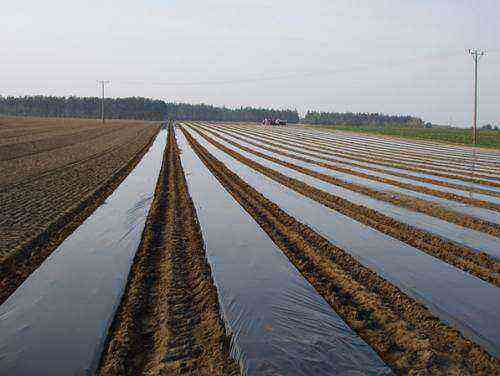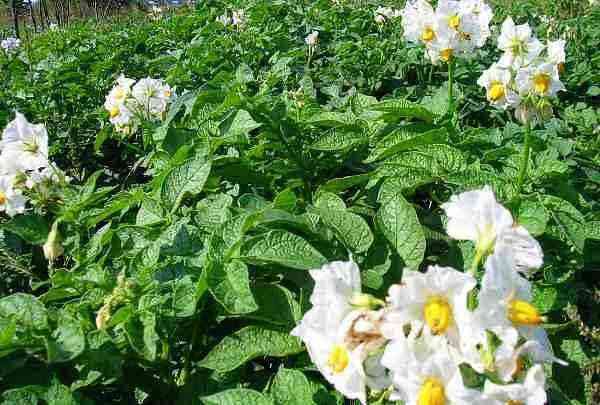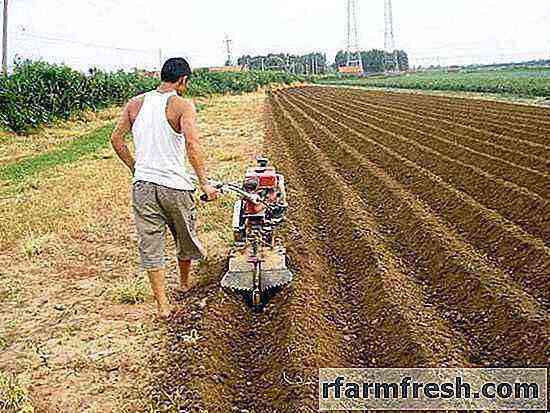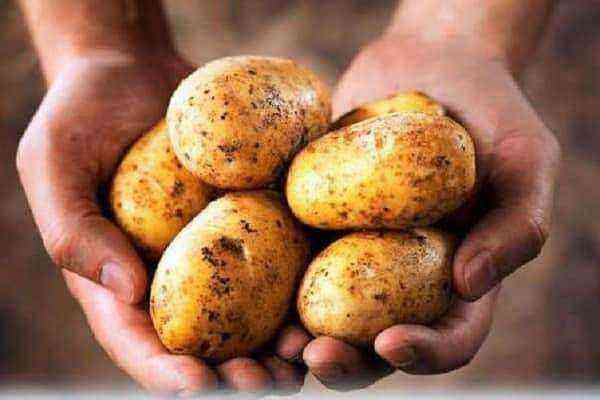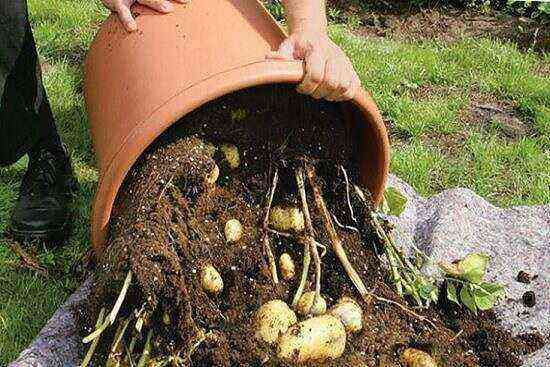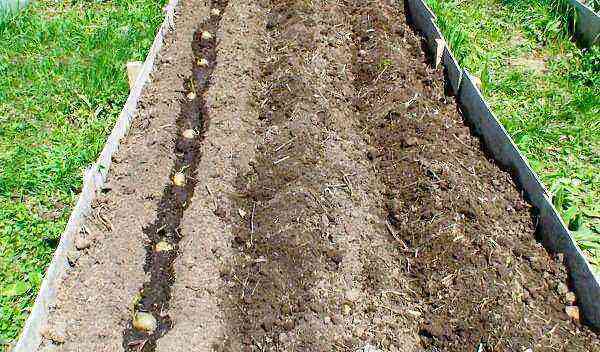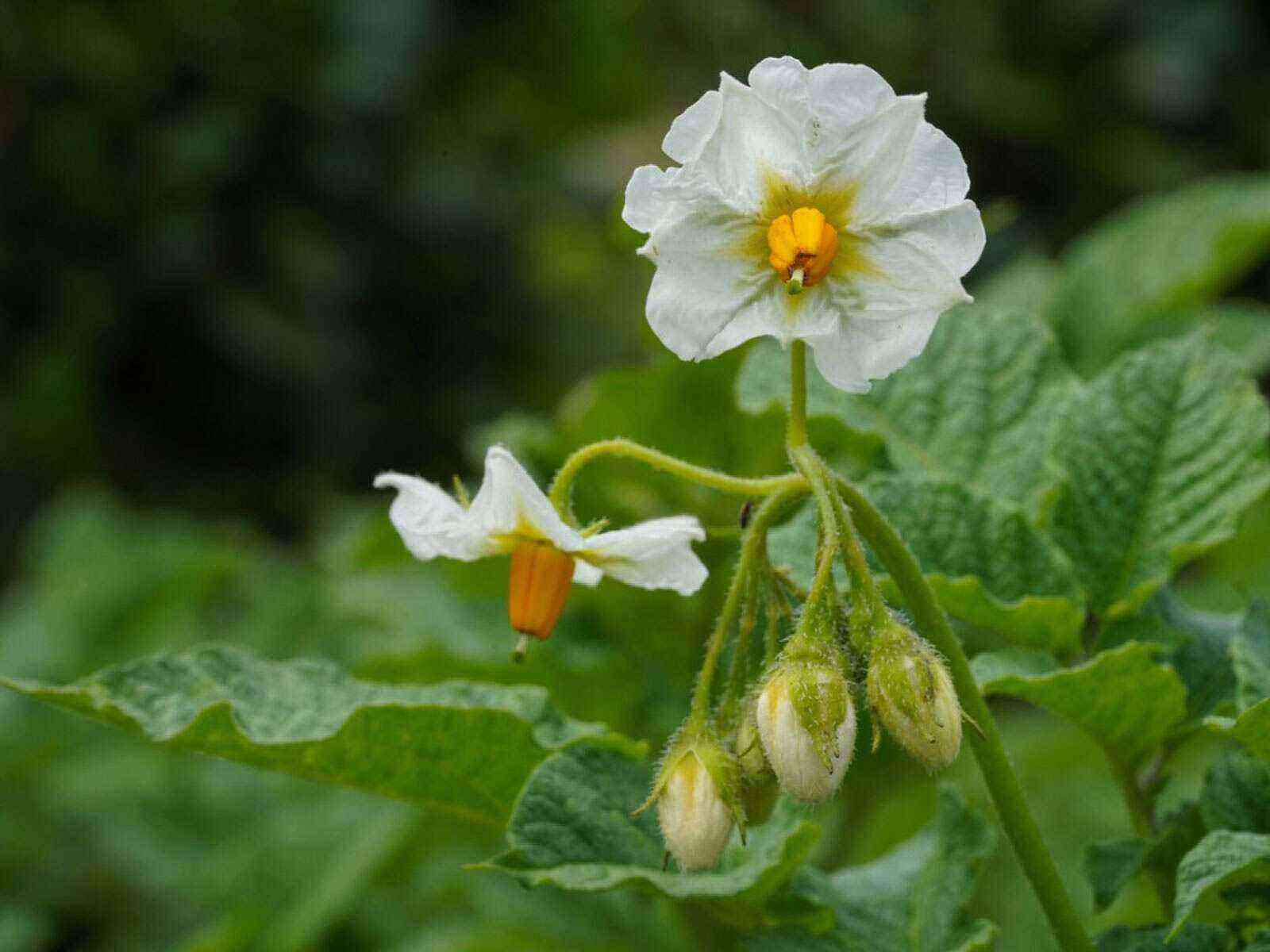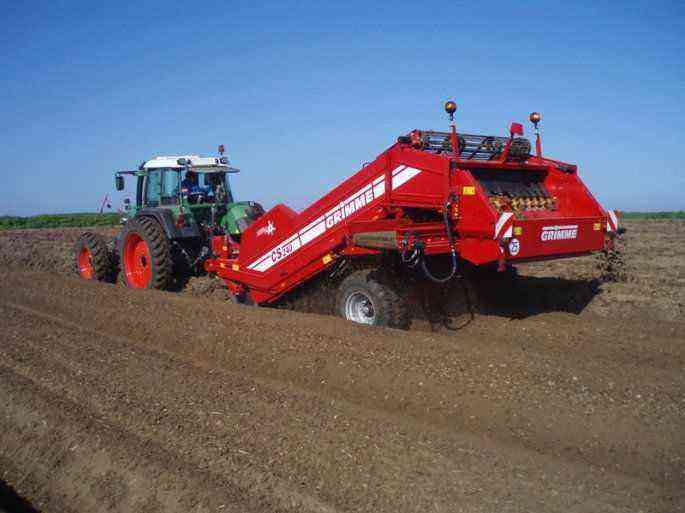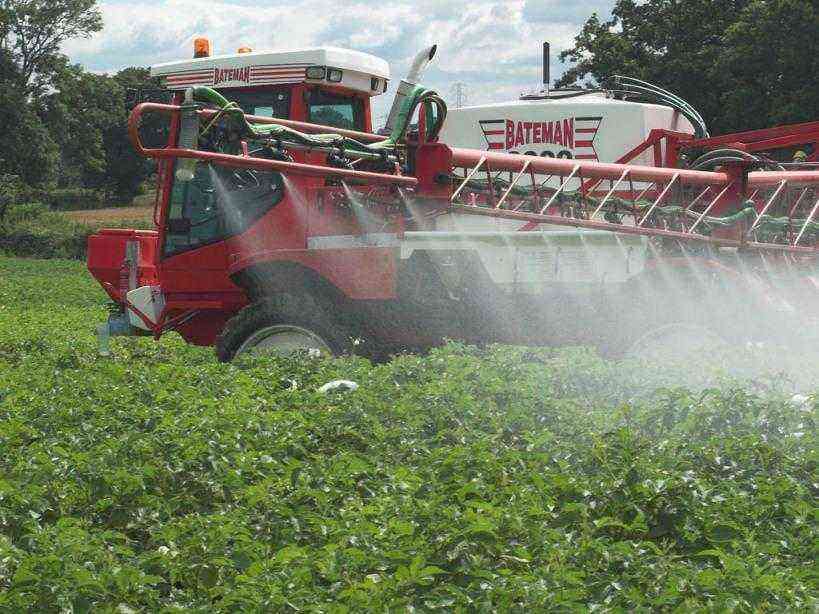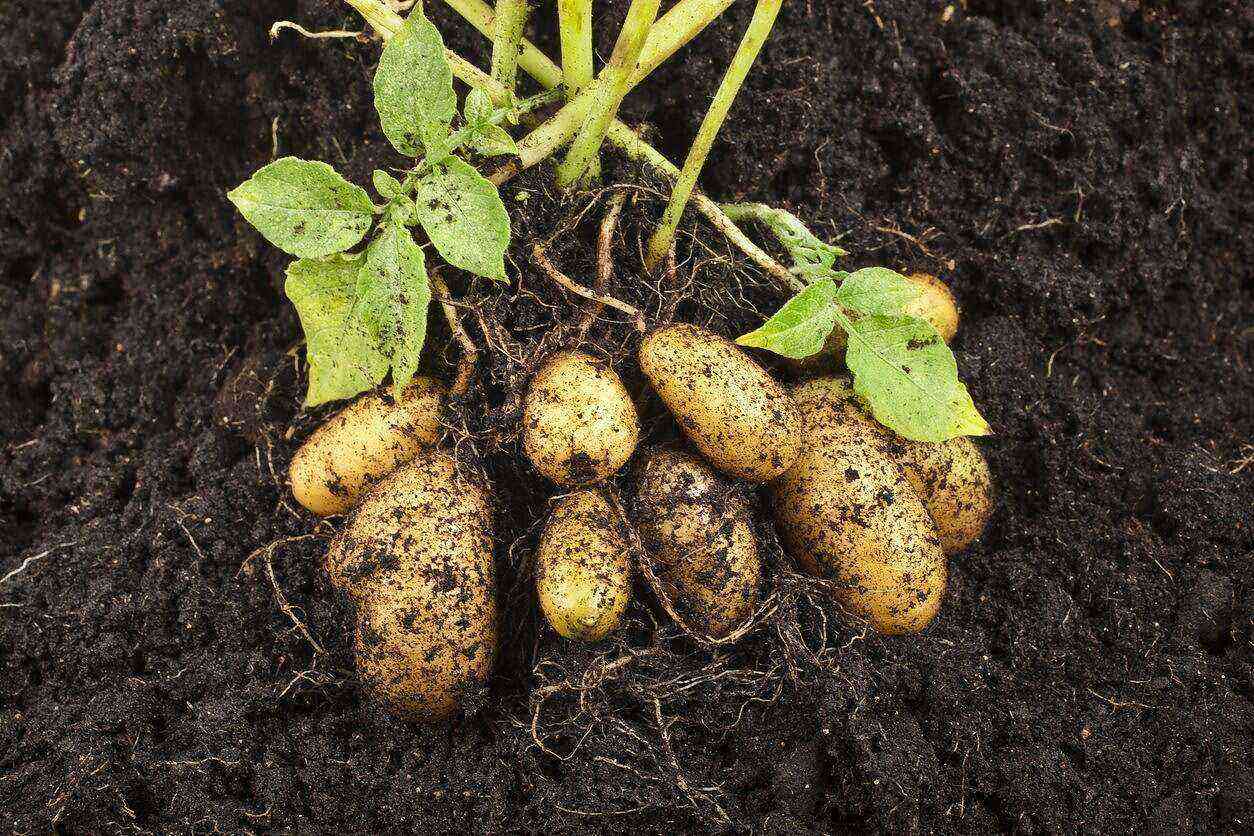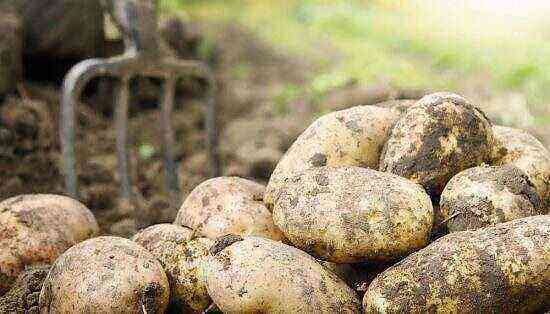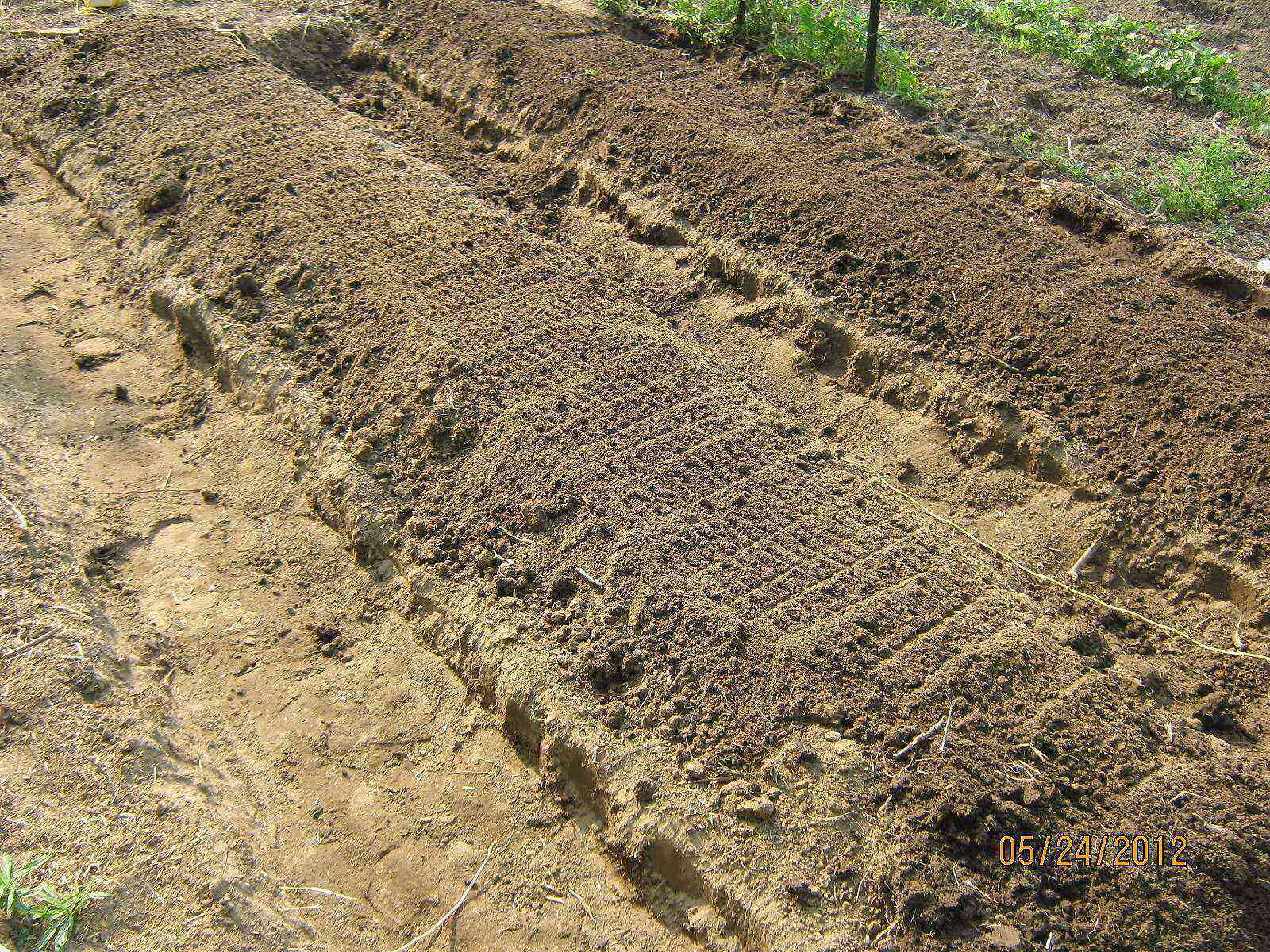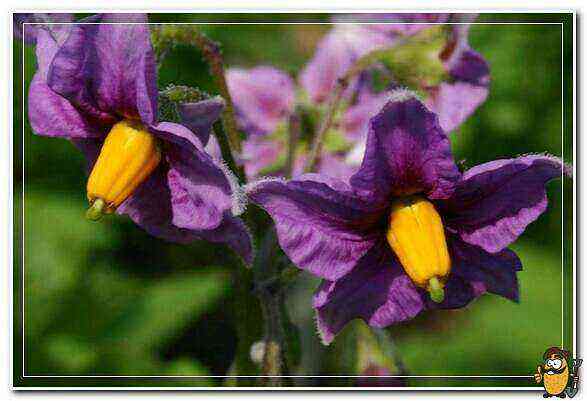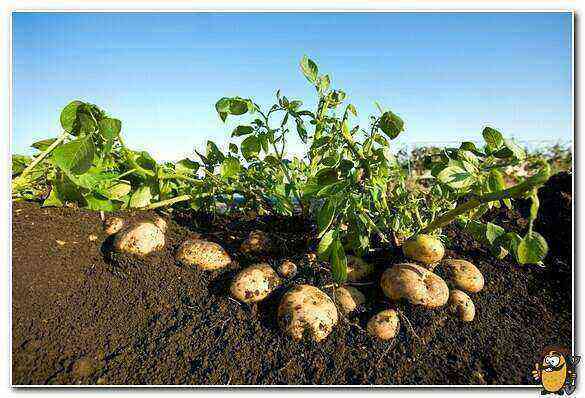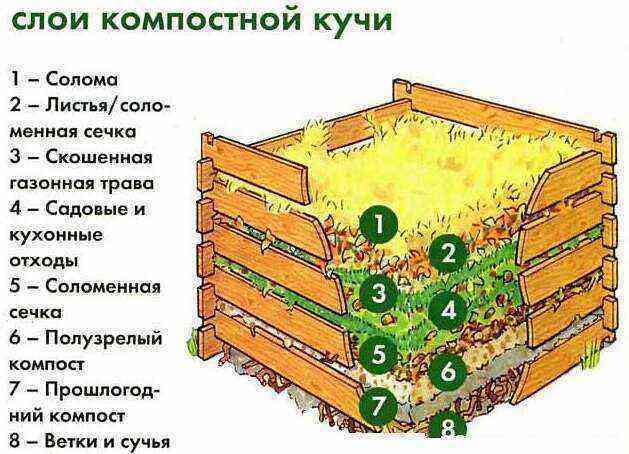Boron is one of the trace elements that potatoes need for normal development. This substance promotes intensive growth of tops and root systems, strengthens the immune system, and improves the taste of tubers. With a lack of boron, young leaves on the top of the potato bush brighten and curl up, the petioles turn pink, the growing point blackens and dries up, the stems become brittle, weak, thin lateral shoots appear.
The most readily available source of boron is conventional pharmaceutical boric acid. It is allowed to replace it with a brown one, but then the rate is automatically increased by one and a half times. Before adding to the soil or treating the tubers, the acid is first thoroughly dissolved in a small amount of hot water (temperature 50-60 ° C), and then cold water is added.
A plant that lacks boron absorbs nitrogen and calcium worse. Most of all, potatoes planted on wet, swampy, clayey soils need boron fertilization. It is better if feeding potatoes with boric acid is performed in several stages so that the plant receives the trace element in uniform minimal portions throughout the growing season, up to flowering.
Introduction of boric acid into the soil
Boric acid solution is not suitable for root dressing of potatoes: it is very difficult to calculate the concentration at which it will not burn the root system. But if last season the tops showed signs of a lack of boron, then in the spring it is allowed to spill potato beds with a 0,1% acid solution (10 grams of powder per bucket of water). Watering is carried out approximately 2-3 weeks before planting, at the rate of 1 liter of solution per 1 m² of the area allocated for potatoes.
Preplanting tubers
Among other useful properties, boric acid is an effective antiseptic. Therefore, it is used both for spraying germinated tubers, and for processing them immediately before planting.
In order for the potatoes to give strong, viable sprouts, they are dipped in a solution for 20-30 minutes before germination:
- 10 L of water;
- 10 g of boric acid;
- 1 g of potassium permanganate;
- 5 g of copper sulfate;
- 60 g superphosphate;
- 40 of urea.
A simpler option: when the potatoes, laid out for germination, give the first shoots, they are sprayed with a 0,1% (1 gram per liter of water) solution of boric acid. To process 20 kg of planting material, you will need 1 liter of solution. If potatoes are germinated within a month, then it is sprayed twice with 0,05% boric acid solution (5 grams per liter of water). This procedure will save the potatoes from scab infection.
When preplanting potatoes with boric acid, they are either sprayed with a solution, or soaked in it. Potatoes with long sprouts are sprayed with a 0,15% solution (1,5 grams per liter of water) at the rate of 1 liter per 20 kg of tubers.
Tubers are soaked in a disinfectant solution if the sprouts on them are very tiny (no more than 2-3 mm). Before planting, dissolve in 10 liters of water:
- 2 g of potassium permanganate;
- 10 g of copper sulfate;
- 20 g of boric acid.
A net with planting material is lowered into a container with liquid and kept there for 10-15 minutes. Wet tubers are dipped in wood ash and laid out in the holes. This is an effective prevention of rhizoctonia.
Foliar dressing and the fight against late blight
Boron simultaneously serves as a fertilizer and protects potato bushes from late blight. During the season, up to 5 preventive spraying of potatoes with boric acid at a concentration of 0,05% (5 g per 10 l of water) is carried out. To enhance the effect, 1-2 g of potassium permanganate can be added to the solution.
If there is a serious threat of an epidemic (cool damp weather is established or diseased plants are found in a neighboring area), use a mixture of copper sulfate and boric acid from phytophthora. In such cases, 10 g of boric acid and 5 g of copper sulfate are dissolved in 10 liters of water. Early potatoes, which do not want to “poison” with vitriol, are recommended to be sprayed with a solution of a teaspoon of boric acid and 3 tablespoons of mustard powder in 10 liters of water.
Properly using boric acid for potatoes, you can achieve an increase in yield up to 15%, since the substance acts as a growth stimulator. Plants fertilized with boron more easily tolerate the vagaries of the weather, excess lime in the soil, due to the fungicidal properties of the acid, they are less sick with scab, by autumn the tubers accumulate more vitamin C. The need for boron increases if a large amount of nitrogen and potash fertilizers are applied to the soil. When applying large doses of phosphorus fertilizers, the boron rate is reduced.
When calculating the amount of fertilizers, you need to remember that a kilogram of wood ash contains 0,2–0,7 g of boron. An excess of a trace element is harmful to plants: the lower leaves of the bushes turn yellow and curl prematurely. For humans, this substance is useful in moderate doses, but if there is too much of it in food, it accumulates in the body and is very slowly excreted, so that with a high concentration of boron, poisoning is possible.
